
In an all out drive, you got to take advantage of every inch of the track. It necessarily shouldn’t be the asphalt. If its drivable then it’s track. Gutter is drivable and therefore it is track. Bank is drivable and therefore it is track. Shoulder is drivable and therefore it is track. Grass is drivable and therefore it is track. To put it simply, anything suitable for the necessary job support is gutter. Gutter cornering can be done in hairpins and corners.
Video Credit: Ghost#3
Huracan LP 610-4 gutter cornering in slow motion

There are two types of gutter cornering techniques.
Technique 1
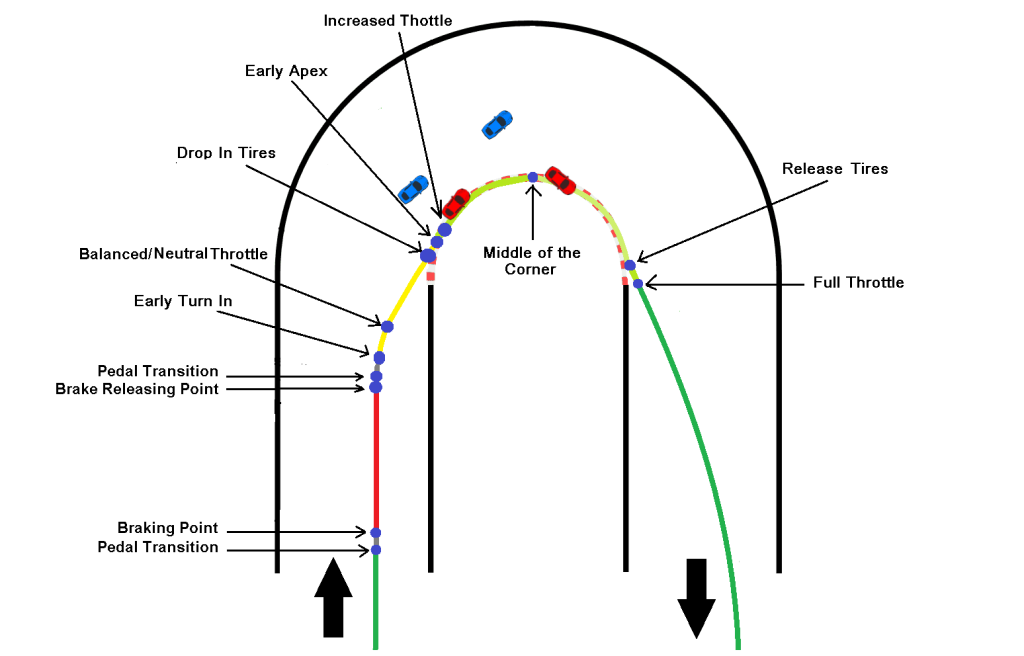
This is an entry-oriented method that doesn’t let the driver understeer at the entrance. The inner tires are dropped into the gutter to withstand the centrifugal force of the turn. The whole idea is to drop the inside tires into the gutter on purpose and resist the centrifugal force by hooking it. In that way it is possible to gain more cornering force than the tires can grip. It allows the car to turn beyond the grip of its tires.
Normally a car shouldn’t be able to turn at a speed exceeding the tire’s grip. But if you can do this, you can turn at a speed exceeding the tire grip, even though the line is bad on the inside turn. To the naked eye it looks like a roller coaster or 4WD four wheel steering with low turning radius, because the car manures so sharply that it creates such an illusion.
This technique is too obvious and simple. But to successfully perform it, the driver must practice this for long time.
This technique is only to use the gutter as you enter the corner so you can prevent understeering. This Technique is best to overtake the opponent in a corner with a gutter. In order to do this, you should approach the corner from inside. This technique has higher entry speed. You should drop in tires as soon as you enter the gutter. You can maintain higher speed throughout the corner than, if you’ve taken the corner in traditional way; without the gutter. In conventional way, when you reach the apex you can able to reduce the steering lock and start increasing throttle focusing towards the exit. But now, with the gutter you can turn at higher speed, especially from the entrance to the middle of the corner, giving you the advantage to overtake opponent there, while opponent has less speed and turning ability due to neutral throttle. Your entry speed reduces, after the midpoint till the exit; where you release tires, but it doesn’t matter anymore, because you’ve already overtaken the opponent.
Technique 2

This is the same technique as above except it’s the exit-oriented method. Instead of using the gutter when entering the corner as the technique 1, this is used when exiting.
The idea is to reduce centripetal force and increase grip, but it also gives the advantage of the inside. This grip is then use to increase the exit speed.
This one emphasizes recovery after a corner. The timing to drop in the tires and release them is different than the technique 1. And this is tougher than the previous one.
This technique brings with it high risk, especially if you have to go through some open space / ditch / open gutter to get into the gutter / shoulder (see the 1st photo: 2014 BRZ STI). Just a single mistake in timing would cause you to momentarily lose control.
This is best for catching up / time attacks / faster lap time. Leading driver can use this to widen the gap. Chasing driver can use this to close the gap. Driver can use this to turn the battle around at desperate situations. In order to do this, you should approach the corner from outside. In this technique, you can increase throttle from the apex result in higher exit speed. And this higher exit speed help NA cars to come out of the corner as fast as turbo cars.
Caution – Gutter techniques are almost impossible for lowered cars.
But for cars with an open underbody, these are game changing techniques.
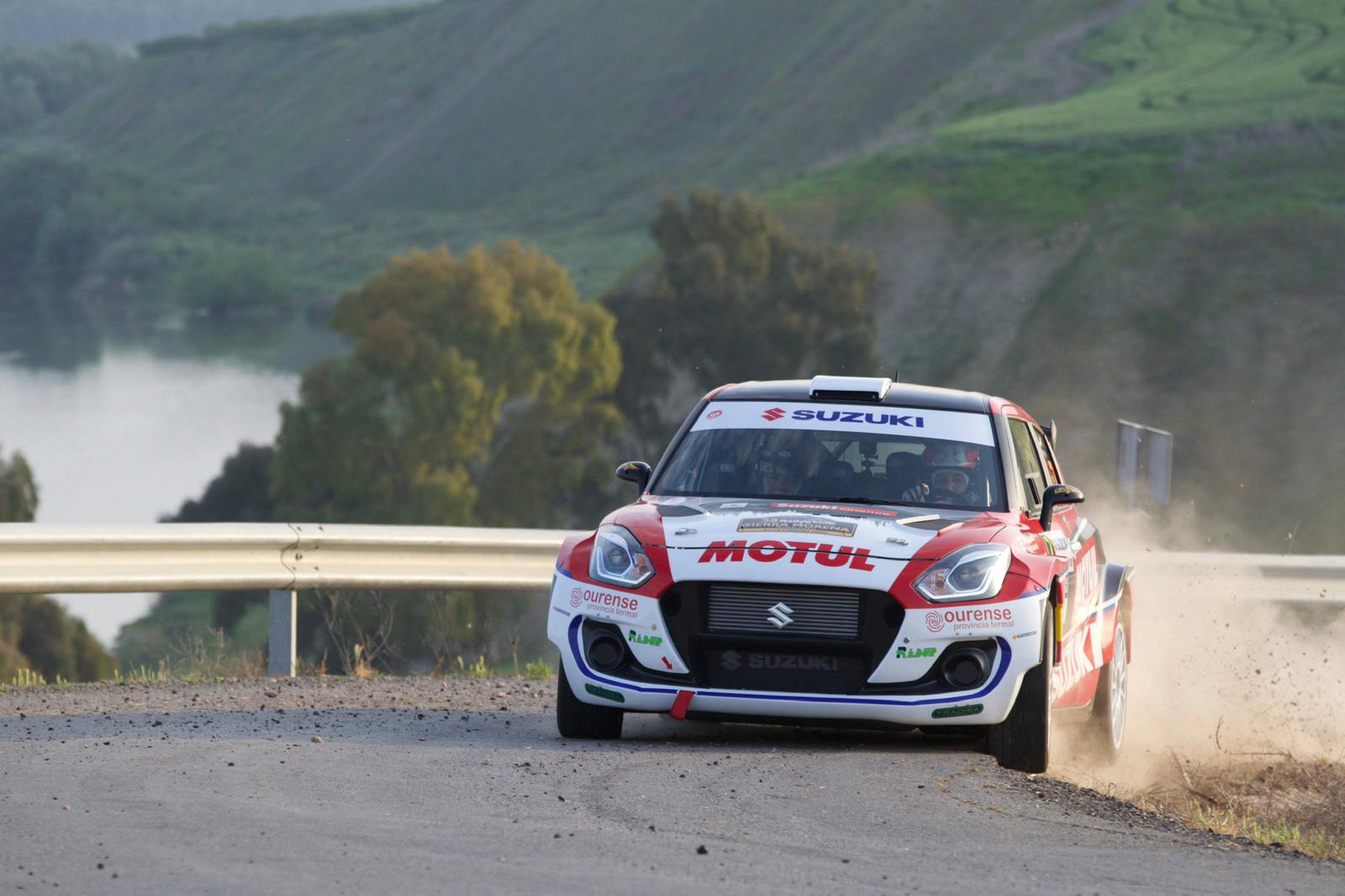
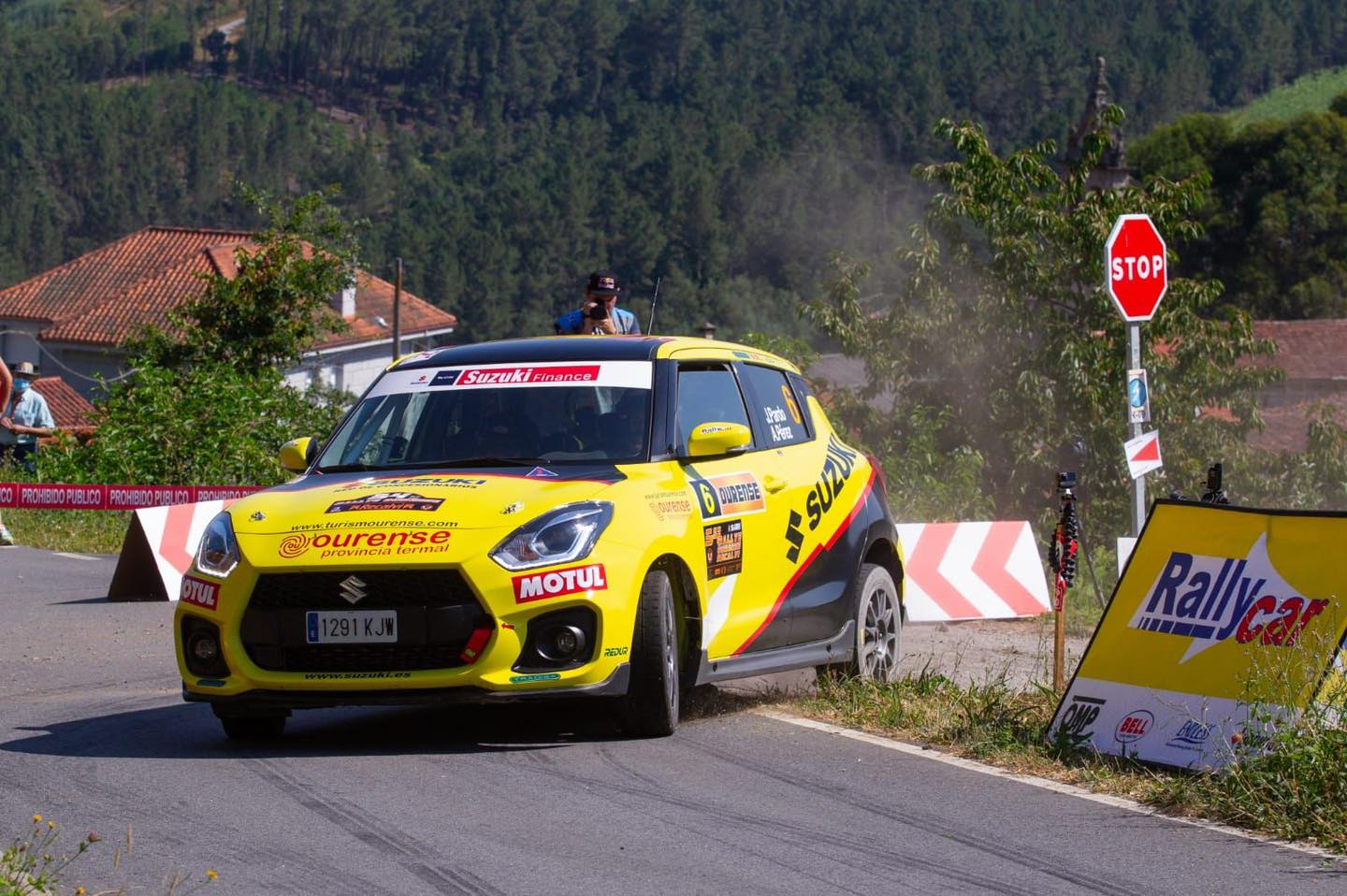

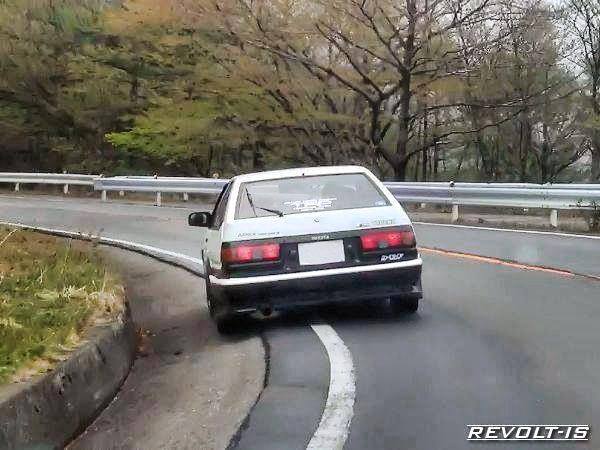











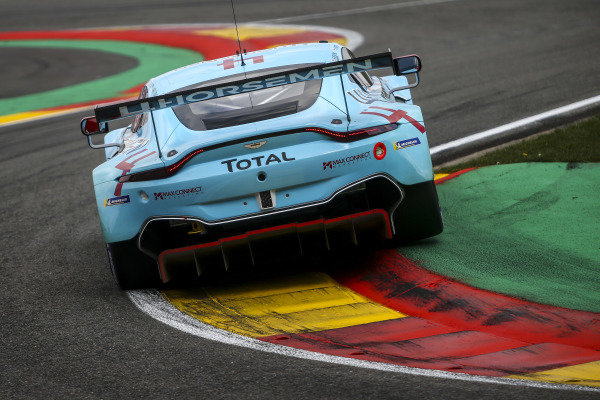


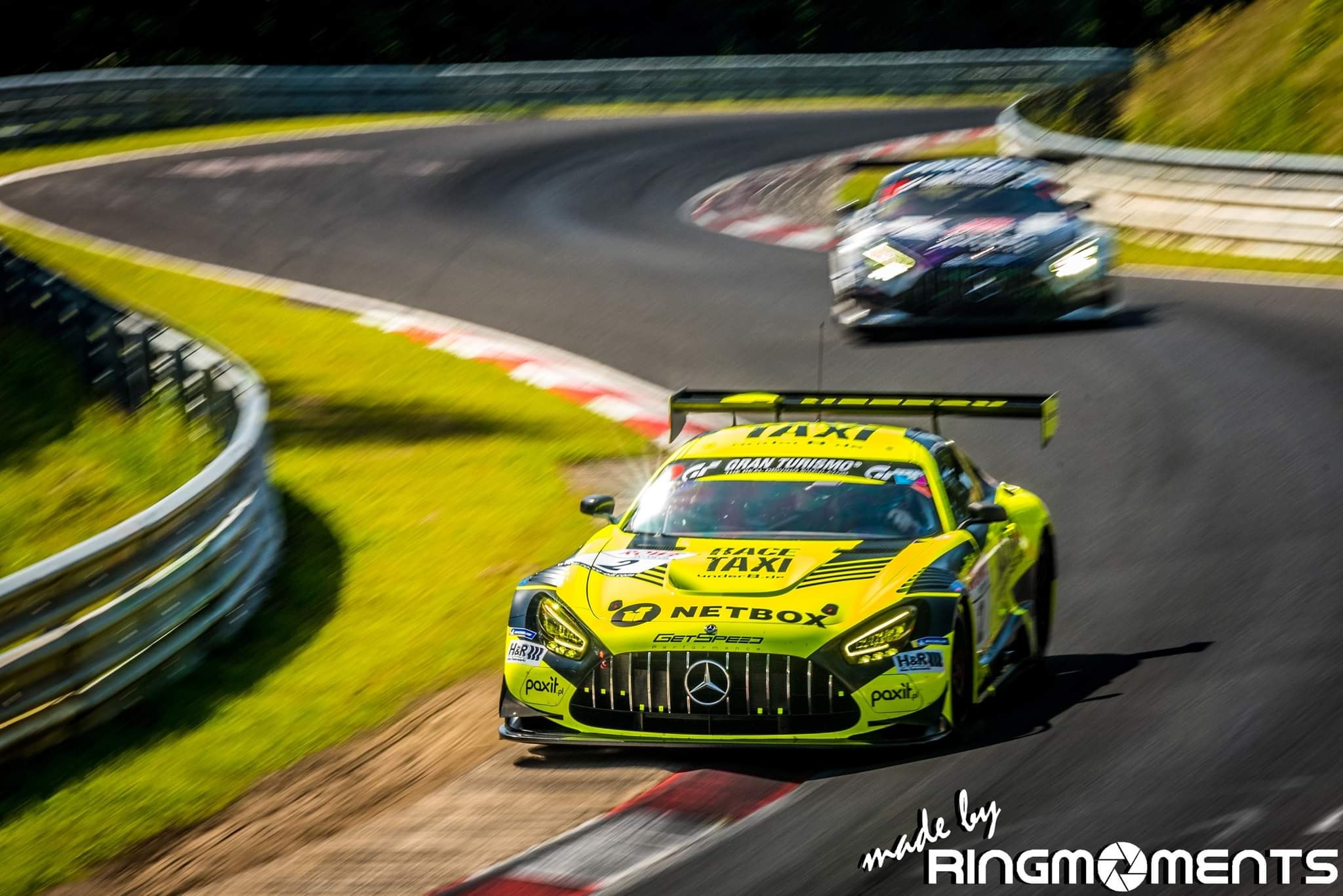



- I do not own any of these photos. Please note that all photos belong to their original owners. If a photo posted here is yours, please let me know and I will remove them.
Rudolf Caracciola

Gutter technique is derived from Rudolf Caracciola.
Rudolf Caracciola used that technique in the 1930s during Grand Prix at the Karussell (Carousel), an extreme (201 degrees) hairpin on the Nurburgring Nordschleife (Greenhell). The Karussell was henceforth named after him. The maneuver quickly became famous and was copied so much that now the hairpin is named the Caracciola-Karussell.
However, the surface was then changed to deeper banking on the inside of the corner. It was reprofiled and the gutter was removed in favour of the banking.

Ron Simons, CEO of RSRNürburgring says how to master the Karussell,
“Taken in second or third gear, the ideal line is the combination of a maximum radius and using the banked section to its full potential. On approach, the track snakes left and right, but ignore this as you want to drive the straight line here. The final curb on the right marks your braking point for the corner. The key here is to ease the car into the bowl a little later rather than earlier, joining as smoothly as possible.”
“In the mid-section, find the maximum camber sweet spot and keep the car there. You want to be in the absolute middle of the concrete plates where the banking is at its steepest. This way, the biggest chunk of centrifugal force is converted into downforce, free of any weight penalty.”
“On exit, use a controlled release of the built up energy to slingshot you on to the following straight. The key here is not to steer out, but only to accelerate a little at the right moment, letting the banking ‘spit you out’ over the corner of the last plate. When perfectly timed, it will feel absolutely right, and add a few hundred RPM to your exit speed revs.” (Rudolf Caracciola info Credit: Road & Track)
History of Karussell
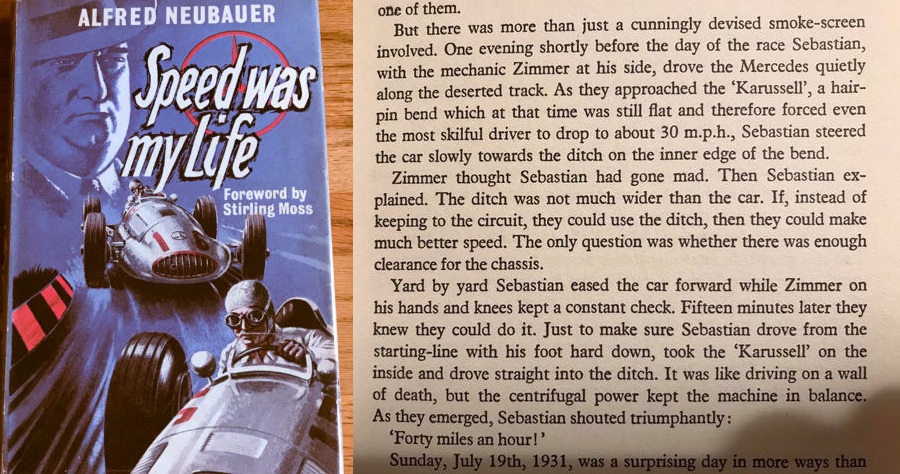
From Alfred Neubauer’s biography “Speed was my life”.
“Now, the description of a ‘ditch not much wider than a car’ probably needs a bit of context. It’s important to remember that a beautifully asphalted Nurburgring didn’t exist until the post-war era, and the very firsts were held on a track that was a mixture of shiny concrete planks, rudimentary asphalt and even gravel. So whether this ditch was lined with concrete or just hard-packed dirt remains unclear.”
“What is clear, is that Alfred claims it was a “Sebastian” who first discovered the line, and checked ground clearance alongside his mechanic “Zimmer”, but it was Rudolf Caracciola who put the theory into practice in the most spectacular fashion during the 1931 German Grand Prix.” (History of Karussell info Credit: BridgeToGantry)
Video Credit: Monster Energy
Let’s enjoy some videos:
Video Credit: Antti Kalhola
Video Credit: PorceyoRacing
Video Credit: Hyundai Motorsport 2021
Video Credit: That Kid
Video Credit: Kaito kun
Thank you.















